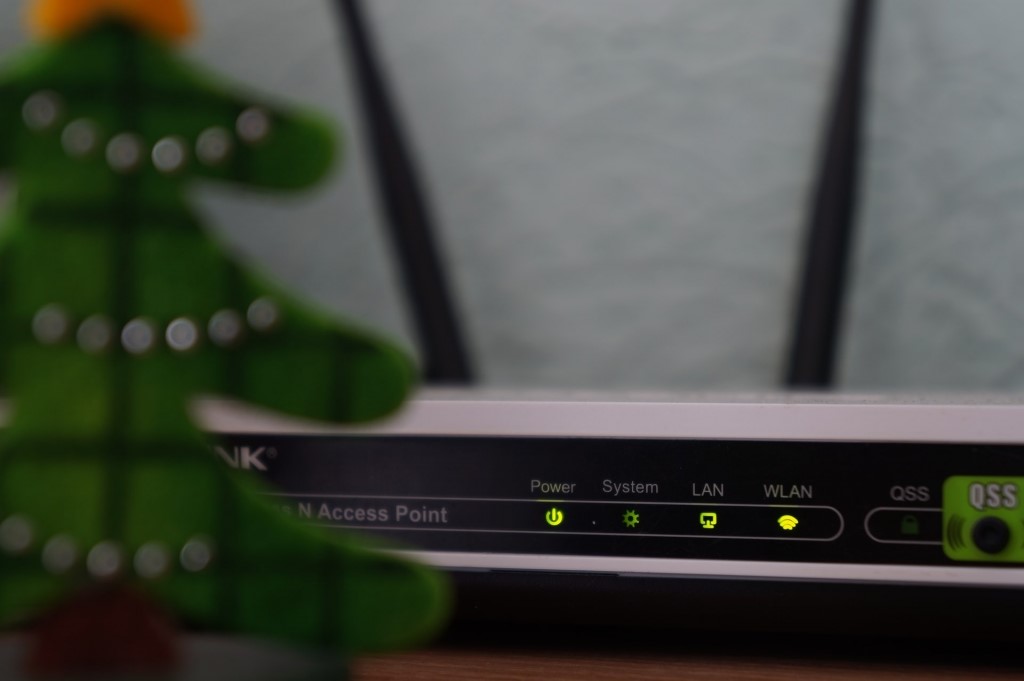Although the implementation of the sixth generation of Wi-Fi is still in its early stages, it was recently announced that a new standard will be available before 2024, which promises to bring a significant revolution to low range wireless networks.
What Changes Will the New Wi-Fi 7 Introduce?
By Gabriel E. Levy B.
Wi-Fi is a technology that was born in 1999 in response to the need to create compatible wireless connections between different devices. The companies 3Com, Airones, Intersil, Lucent Technologies, Nokia and Symbol Technologies joined forces to create the Wireless Ethernet Compatibility Alliance, or WECA, which developed the IEEE 802.11b standard under the Wi-Fi brand name[1].
With the Wi-Fi standard the user had, for the first time, the assurance that all equipment bearing this label could connect wirelessly, regardless of the device manufacturer.
The IEEE 802.11 standard was designed to replace the physical and MAC layers of the 802.3 (ethernet) standard. This means that the only difference between a Wi-Fi network and an ethernet (wired) network is the way frames or data packets are transmitted without the presence of a cable; the rest is the same principle[2].
Wi-Fi networks are very compatible, versatile and fast. Over time, they have been technologically improved. During this time versions A, B, G, N, and the fifth generation using the nomenclature AC have emerged, which was developed on its predecessor Wi-Fi N, which, in turn, is an evolution of the previous ones, so that all previous generations (B, G, N) are included in the fifth generation: Wi-Fi AC, achieving a higher connection speed thanks to a wider bandwidth, compatibility with more streams (MIMO), as well as a number of built-in technologies.
The best way to explain the advantages of Wi-Fi, for a person unfamiliar with engineering jargon, is that the fifth generation of the standard was developed, at least in theory, to achieve speed and stability similar to that of a network cable[3].
Wi-Fi 6 (Wi-Fi 802.11ax) was announced in 2018 as a significant improvement over the AC standard, guaranteeing faster connections, longer range, lower power consumption and, above all, great stability in packet management to avoid drops in connections[4].
Wi-Fi 6 technology guarantees lower latency when many devices are connected to the same router simultaneously, efficiently managing heavy traffic, thanks to technologies such as OFDMA or others such as MU-MIMO already existing and now improved.
| GENERATION | STANDARD |
| Wi-Fi 1 | 802.11a |
| Wi-Fi 2 | 802.11b |
| Wi-Fi 3 | 802.11g |
| Wi-Fii 4 | 802.11n |
| Wi-Fi 5 | 802.11ac |
| Wi-Fi 6 | 802.11ax |
| Wi-Fi 7 | 802.11be |
The new Wi-Fi 7 standard
Under the technical name of 802.11be version, the new Wi-Fi 7 standard was recently announced, which promises to achieve the best possible performance, including higher bandwidth and efficiency compared to Wi-Fi 6, implementing a new technology called MLO (Multi-Link Operation), a solution to optimize band aggregation, so that different channels can be used simultaneously to transmit data packets, ensuring low latency when using multiple bands at the same time.
Wi-Fi 7 also promises to operate on 2.4 GHz, 5 GHz and 6 GHz channels simultaneously, which, in theory, would allow it to reach 48 Gbps, four times faster than the 10 Gbps that can be obtained using a Wi-Fi 6 router.
The Wi-Fi 7 technology will be an important basis for establishing the reproduction of 4K and 8K content, which will allow several TVs in the same house to wirelessly play various ultra-high-definition movies without losing quality, as long as the Internet bandwidth allows it, while minimizing latency in games, an indispensable factor for gamers.
But perhaps the most significant benefit that Wi-Fi 7 will bring is that it will enable many of the services demanded by the so-called metaverse, opening the door to augmented and virtual reality experiences with near-zero latency and a much more stable connection in all aspects[5].
In the enterprise environment, Wi-Fi 7 is expected to benefit IoT and IIoT applications, i.e. the so-called internet of things, as well as industrial automation, surveillance and remote control of multiple devices and services.
In conclusion, the seventh generation of Wi-Fi, recently presented in draft form, promises to revolutionize the world of short-distance wireless connectivity, thanks to a new technology called MLO (Multi-Link Operation), which will allow the simultaneous use of several frequencies; this will achieve speeds of 48 Gbps and very low latency and will make many developments for the internet of things and for the materialization of the metaverse feasible.
[1] Pascual, J. (2018). The history of Wi-Fi: here’s how it all started in the 1980s. In Computer Today. Available at https://computerhoy.com/noticias/internet/historia-del-Wi-Fi-asi-empezo-todo-anos-ochenta-79475
[2] Ibíd.
[3] López, J. (2019). What you need to know about Wi-Fi 6. In Hipertextual. Available at https://hipertextual.com/2019/07/todo-sobre-Wi-Fi-6
[4] García, R. (2022). What is Wi-Fi 6? Advantages and new features of the new standard. In ADSL Zone. Available at https://www.adslzone.net/reportajes/tecnologia/que-es-tecnologia-Wi-Fi-6/
[5] Lorenzo, J. (2021). Know the features and speeds of the new Wi-Fi 7 or 802.11be. In Redes Zone. Available at https://www.redeszone.net/tutoriales/redes-Wi-Fi/Wi-Fi-7-caracteristicas-velocidad/

